
Copernical Team
Welcome to the age of space skepticism—and a growing revolt against elites
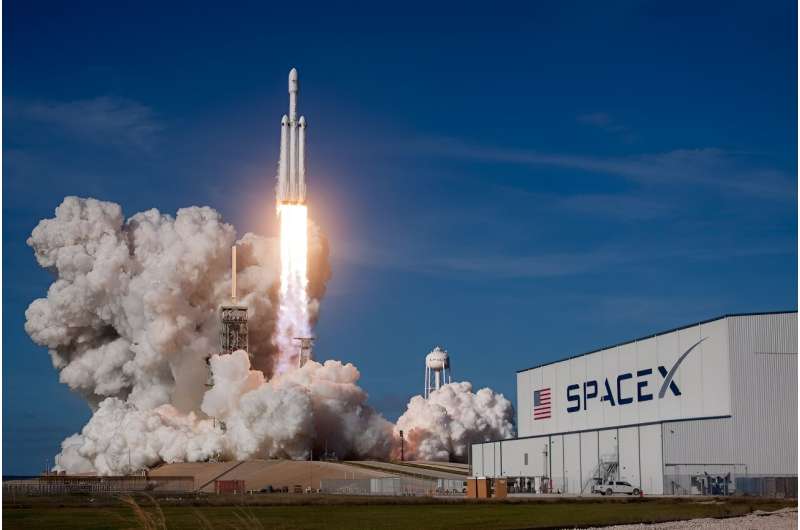
Over the past decade, a new form of skepticism about human activities in space has emerged. It seems to be based exclusively in the western world, and centered around the idea that increasingly ambitious space plans will damage humanity and neglect the Earth.
In China, things are different, but this will likely change eventually. Our best data, a survey published in 2020 by Lincoln Hines, shows remarkably high levels of support for space programs in China. This is in spite of the costs, the occasional debris falling from the sky and memory of the deadly Xichang Disaster in 1996 when a Long March 3B heavy carrier crashed into a nearby residential complex.
So what does all this mean for the future of space exploration?
Western skepticism about human activities in outer space isn't actually new. There were space skeptics before there were even astronauts. In January 1920, the New York Times ridiculed the pioneer rocket scientist Robert H. Goddard for not "realizing" that rockets would have nothing to push against in space and would therefore be immobile.
Boeing's astronaut capsule arrives at the space station after thruster trouble
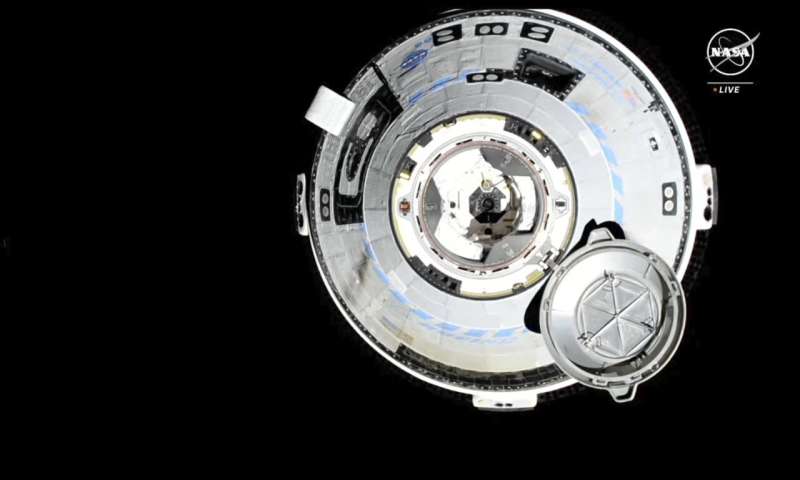
Boeing's new capsule arrived at the International Space Station on Thursday, delayed by last-minute thruster trouble that almost derailed the docking for this first test flight with astronauts.
The 260-mile-high (420-kilometer-high) linkup over the Indian Ocean culminated more than a day of continuing drama for Boeing's astronaut flight debut.
The Starliner capsule already had one small helium leak when it rocketed into orbit with two NASA astronauts Wednesday. Boeing and NASA managers were confident they could manage the propulsion system despite the problem and that more leaks were unlikely. But just hours into the flight, two more leaks cropped up.
Later, four of the capsule's 28 thrusters went down.
Webb finds surprising ingredients around young star
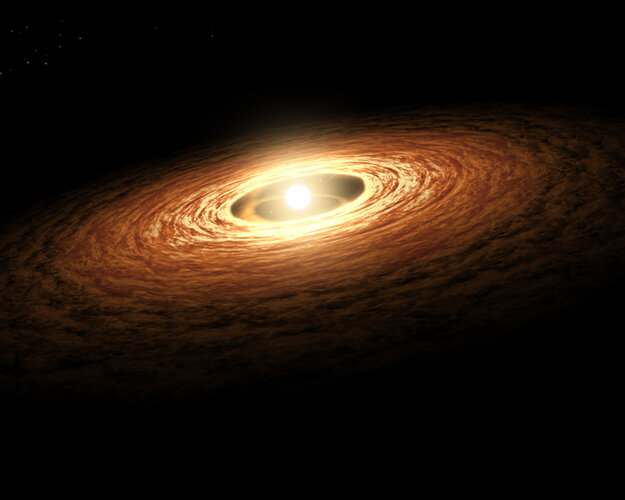
An international team of astronomers have used the NASA/ESA/Webb James Webb Space Telescope to study the disc around a young and very low-mass star. The results reveal the richest hydrocarbon chemistry seen to date in a protoplanetary disc (including the first extrasolar detection of ethane) and contribute to our evolving understanding of the diversity of planetary systems.
Preparing for future human spaceflight missions in low Earth orbit
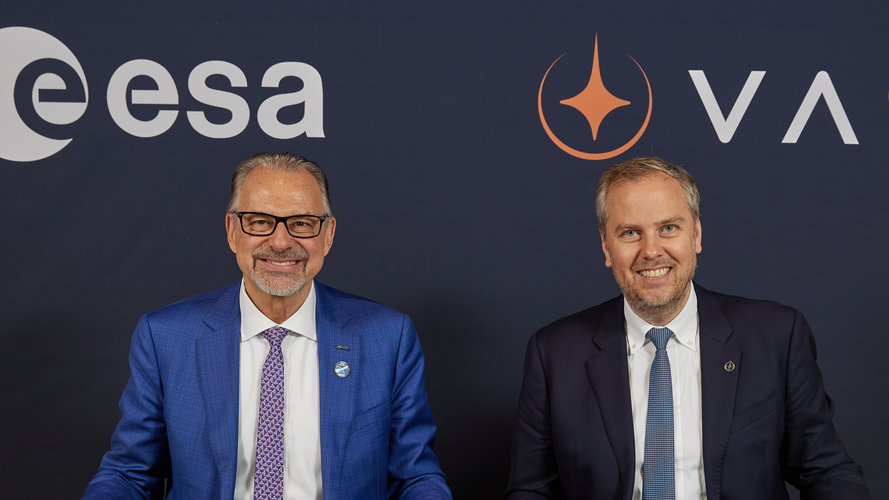
At ILA Berlin, ESA and Vast signed a Memorandum of Understanding for future Vast space stations.
Boeing's Starliner launches on historic first human spaceflight
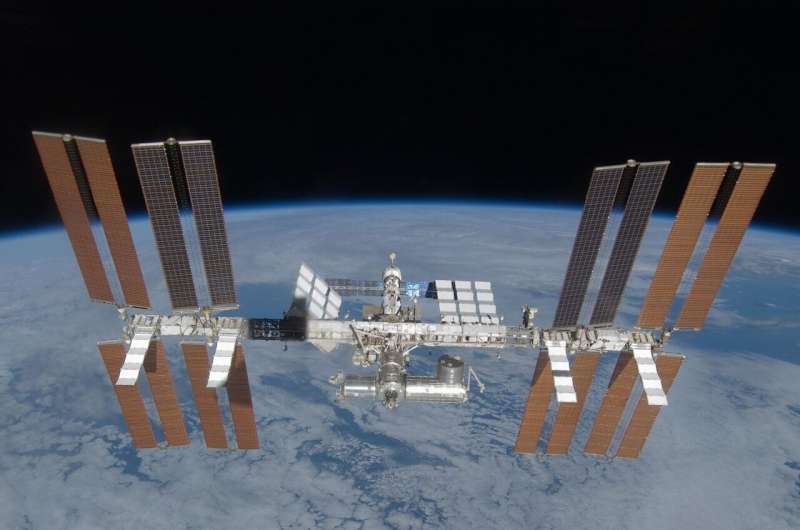
A pair of NASA astronauts have finally taken their historic ride on Boeing's CST-100 Starliner making its first-ever human spaceflight on the morning of June 5.
Barry "Butch" Wilmore and Sunita "Suni" Williams were back for a third time in a month once again taking a ride out to Cape Canaveral Space Force Station's Space Launch Complex 41 to climb on board the spacecraft sitting atop a United Launch Alliance Atlas V rocket that lifted off at 10:52 a.m. to take the pair to the International Space Station.
"Let's get going," said Wilmore minutes before launch. "Let's put some fire in this rocket and let's push it to the heavens where all these tough Americans have prepared it to be."
The pair are flying the Crew Flight Test mission, a followup to two uncrewed test flights of Starliner, the first of which came in 2019. That mission was a partial failure as it was not able to rendezvous with the ISS forcing a 2.5-year delay to Boeing's program to remedy hardware, software and management issues.
The second uncrewed test flight in 2022 made it to the ISS, but post-launch review and preparation for the CFT brought further delays with more hardware issues popping up.
Heat-switch device boosts lunar rover longevity in harsh moon climate
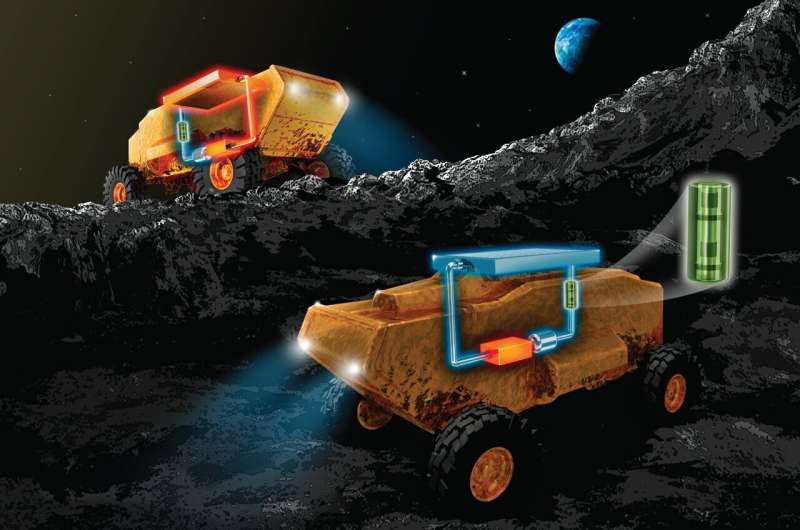
Astronauts driving a vehicle around the landscape of the moon must not only face dangers related to zero gravity and falling into craters, but also the problem of extreme fluctuations in temperature. The lunar environment oscillates between blistering highs of 127°C (260°F) and frigid lows of -173°C (-280°F).
Future missions to explore the moon will need reliable machines that can function under these harsh conditions. This led a team from Nagoya University in Japan to invent a heat-switch device that promises to extend the operational lifespan of lunar-roving vehicles. Their study, conducted in collaboration with the Japan Aerospace Exploration Agency, was published in the journal Applied Thermal Engineering.
"Heat-switch technology that can switch between daytime heat dissipation and nighttime insulation is essential for long-term lunar exploration," said lead researcher Masahito Nishikawara. "During the day, the lunar rover is active, and the electronic equipment generates heat.
In first, SpaceX's megarocket Starship succeeds in ocean splashdown

SpaceX's massive Starship rocket achieved its first ever splashdown during a test flight Thursday, in a major milestone for the prototype system that may one day send humans to Mars.
Sparks and debris flew off the spaceship as it came down over the Indian Ocean northwest of Australia, dramatic video captured by an onboard camera showed, even as it succeeded in its goal of surviving atmospheric re-entry.
China sees commercial sector as next frontier in US space race
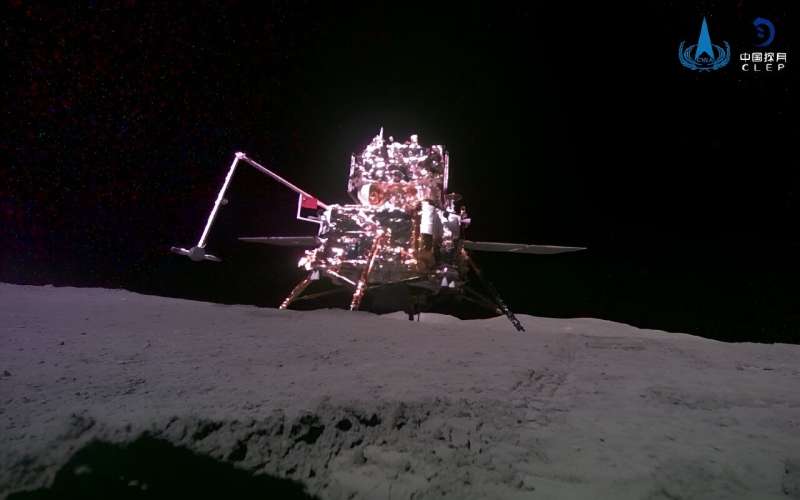
A world-first launch from the far side of the moon this week showcased China's progress in space, and Beijing now wants its commercial sector to catch up to rivals such as Elon Musk's SpaceX.
Chinese companies lag far behind American frontrunners led by SpaceX, which plans to launch Starship, a massive prototype rocket that may one day send humans to Mars, on Thursday.
The gap is narrowing, however, as Beijing realizes the value a solid commercial sector can add to its existing capabilities, experts told AFP.
It could even become similar to the development of electric vehicles where EV pioneer Tesla, also founded by Musk, was an early mover in China but now faces fierce competition from a host of homegrown rivals, said analyst Chen Lan.
Boeing's space capsule springs more helium leaks on its first test flight with astronauts
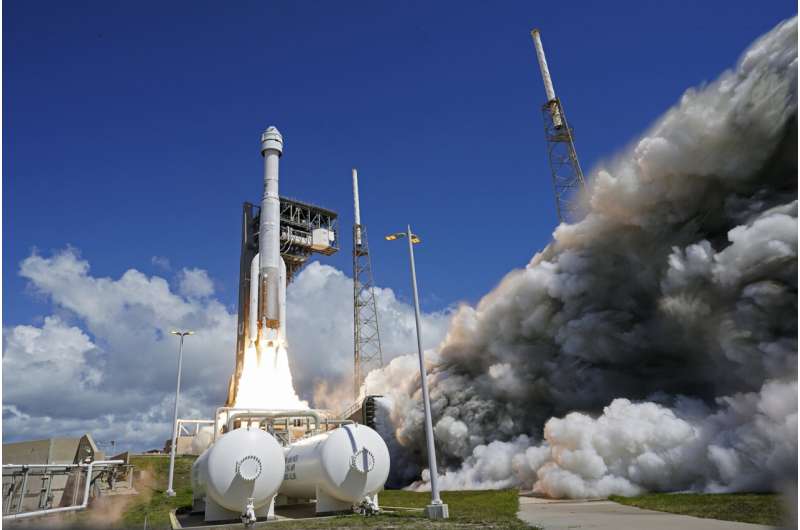
Boeing's space capsule developed more leaks during its first test flight with astronauts as it closed in on the International Space Station on Thursday.
The Starliner capsule already had one small helium leak when it rocketed into orbit Wednesday. Boeing and NASA managers were confident they could manage the propulsion system despite the problem and that more leaks were unlikely.
Boeing Starliner spacecraft springs more leaks on way to ISS
 Boeing's Starliner crew capsule, which is making its way to the International Space Station on its first mission carrying astronauts, has developed two helium leaks since entering orbit but remains stable and on course for docking, NASA said.
The spaceship finally blasted off from Florida on Wednesday following years of delays and safety scares - as well as two recently aborted launch atte
Boeing's Starliner crew capsule, which is making its way to the International Space Station on its first mission carrying astronauts, has developed two helium leaks since entering orbit but remains stable and on course for docking, NASA said.
The spaceship finally blasted off from Florida on Wednesday following years of delays and safety scares - as well as two recently aborted launch atte 